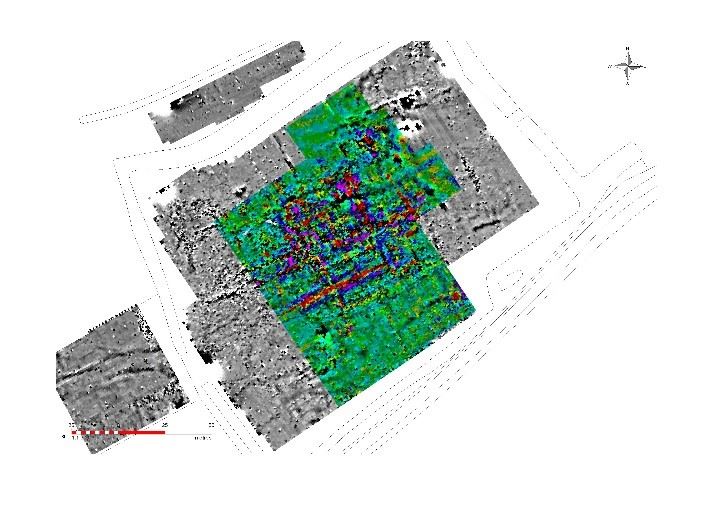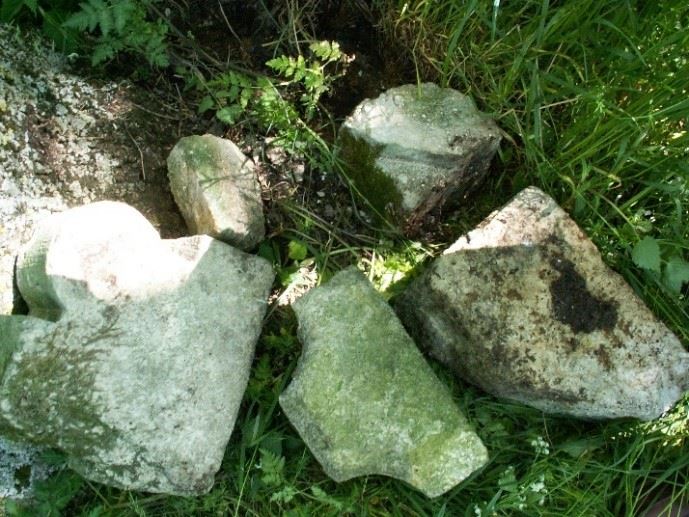
Dr Christer Carlsson, who obtained his PhD from the University of Southern Denmark in 2010, has been focusing his research on the archaeological remains from houses and sites founded by the Military Orders between ca 1250-1500 A. D. His main area of interest has so far been the Scandinavian countries, but research has also been carried out in for example Italy and England. A site which was recently studied by Dr Carlsson is Shingay Hospitaller Commandery in Cambridgeshire, England. A magnetometer survey, followed by a resistivity survey, was carried out within the area in 2014. These two investigations revealed that a large number of walls and rubbed-out foundation trenches from various structures are still present beneath the grass.

A large east-west orientated building is likely to be the chapel, which should have been located in a central position. Other structures, located parallel to the supposed chapel, may be the foundation walls from the halls and living quarters of the Hospitaller brethren.
We know from other, and similar, Military Order sites in both England and elsewhere that a large number of buildings would typically have been present within the site: Stables, barns, workshops, fishponds and mills were common features in large medieval rural farms.

The fully excavated Templar site of South Witham in Lincolnshire may for example be seen as a parallel and similar complex.
The quality of the architecture at Shingay must have been very high indeed. When the medieval moat, which still surrounds the site, was drained and partly re-excavated a few years ago a number of beautiful and richly carved stones were collected from the fill of the moat. Such high quality masonry would have been typical for a rich Military Orders settlement. Further studies of Shingay Hospitaller Commandery are expected to be carried out in a near future, and many interesting archaeological discoveries may still be revealed at this fascinating site.
